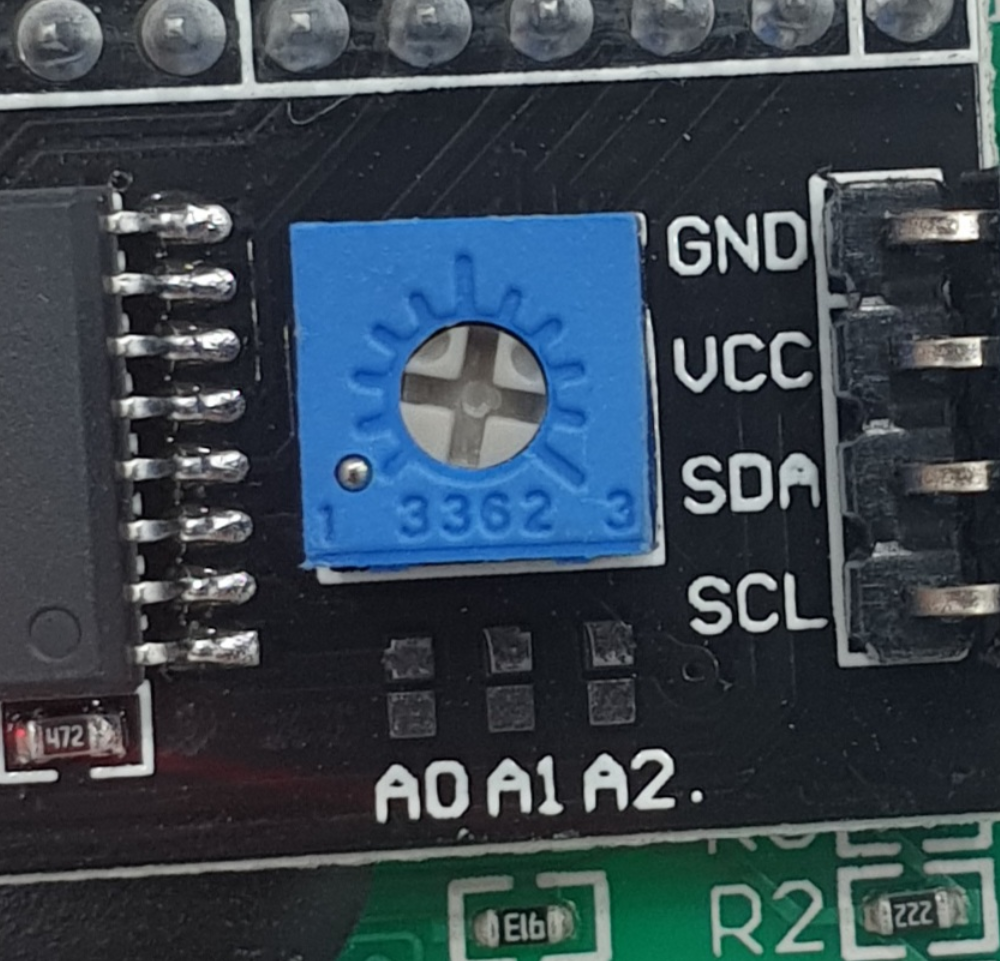LCD(Liquid Crystal Display) En: 두 판 사이의 차이
잔글 (ArduWiki님이 LCD1602 en 문서를 넘겨주기를 만들지 않고 LCD(Liquid Crystal Display) En 문서로 이동했습니다: 철자가 잘못된 제목) |
|
(차이 없음)
| |
2024년 8월 9일 (금) 10:37 판
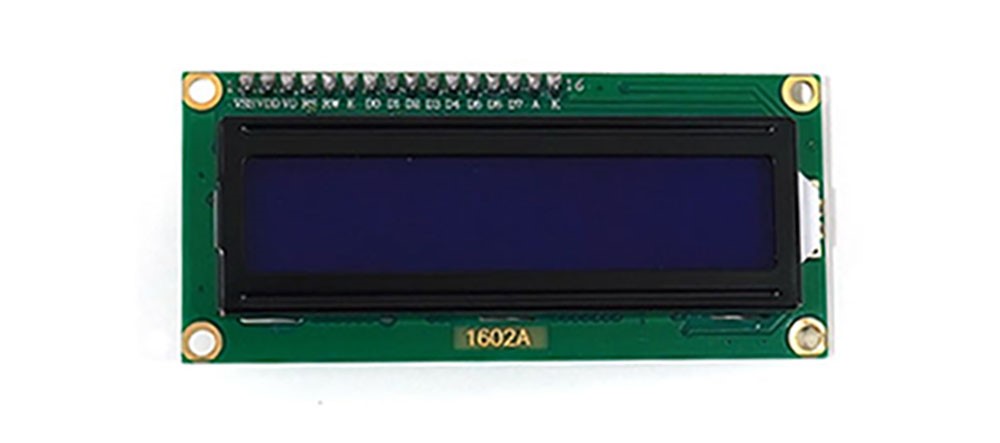
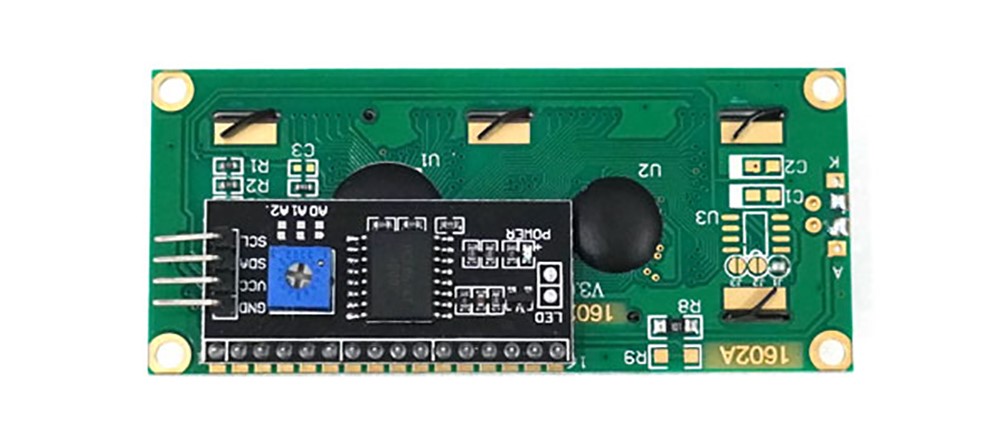
It's a module for controlling a 16x2 LCD with just four wires via I2C communication.
The I2C address is mostly [0x27], but there are occasional exceptions, so it's recommended to check the address before use.
Specifications and Required Hardware
- Operating Voltage: 5V
- 16x2 LCD I2C MODULE
- Arduino UNO
- UNO Cable
- F-M Cable (4ea)
Libraries
- Wire (No need to install as it's a default library.)
- LiquidCrystal I2C
Connections
| I2C LCD | Arduino UNO |
|---|---|
| GND | GND |
| VCC | 5V |
| SDA | A4 |
| SCL | A5 |

How to Check the Address
You can verify the address by uploading the following code and then running the Serial Monitor.
#include <Wire.h>
#include <LiquidCrystal_I2C.h>
LiquidCrystal_I2C lcd(0x27, 16, 2);
void setup()
{
// Initialize the LCD before use.
lcd.init();
// Turn on the LCD backlight.
lcd.backlight();
// Set the LCD cursor position to (0,0) (top left corner).
lcd.setCursor(0, 0);
// Write the text to display.
lcd.print("Gongzipsa");
// Move the LCD cursor to position (0,1).
lcd.setCursor(0, 1);
// Print the value of val.
int val = 1004;
lcd.print(val);
}
void loop(){}
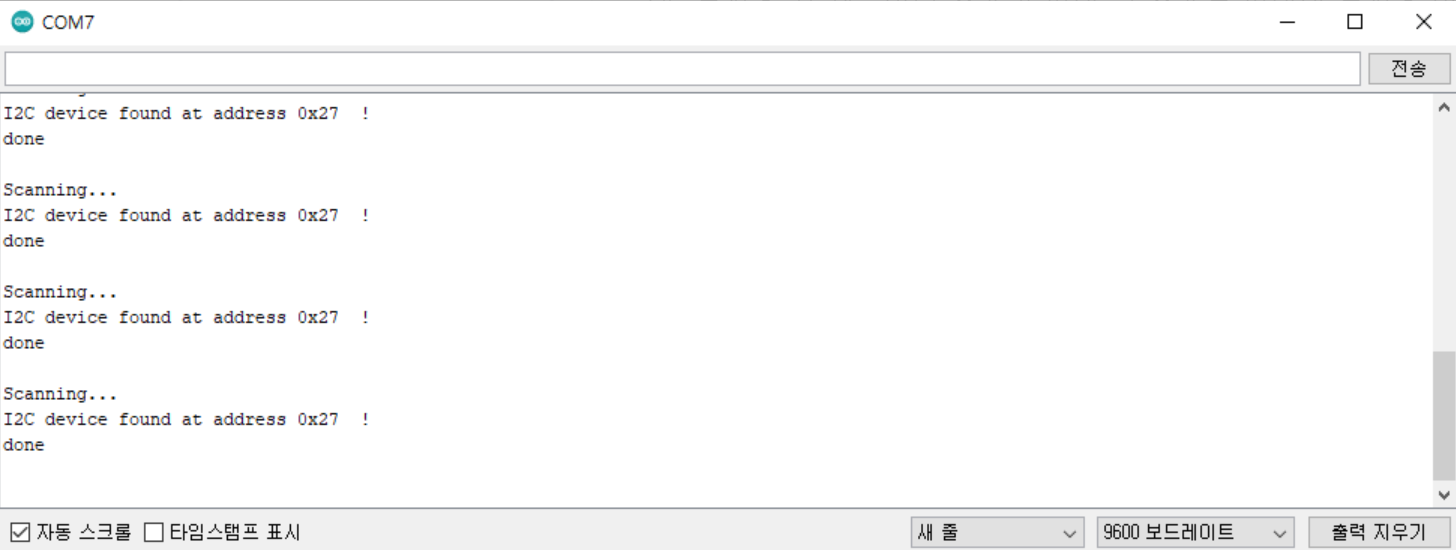
Example Code
#include <Wire.h>
#include <LiquidCrystal_I2C.h>
LiquidCrystal_I2C lcd(0x27, 16, 2);
void setup()
{
// Initialize the LCD before use.
lcd.init();
// Turn on the LCD backlight.
lcd.backlight();
// Set the LCD cursor position to (0,0) (top left corner).
lcd.setCursor(0, 0);
// Write the text to display.
lcd.print("Gongzipsa");
// Move the LCD cursor to position (0,1).
lcd.setCursor(0, 1);
// Print the value of val.
int val = 1004;
lcd.print(val);
}
void loop(){}
Example Code Result:
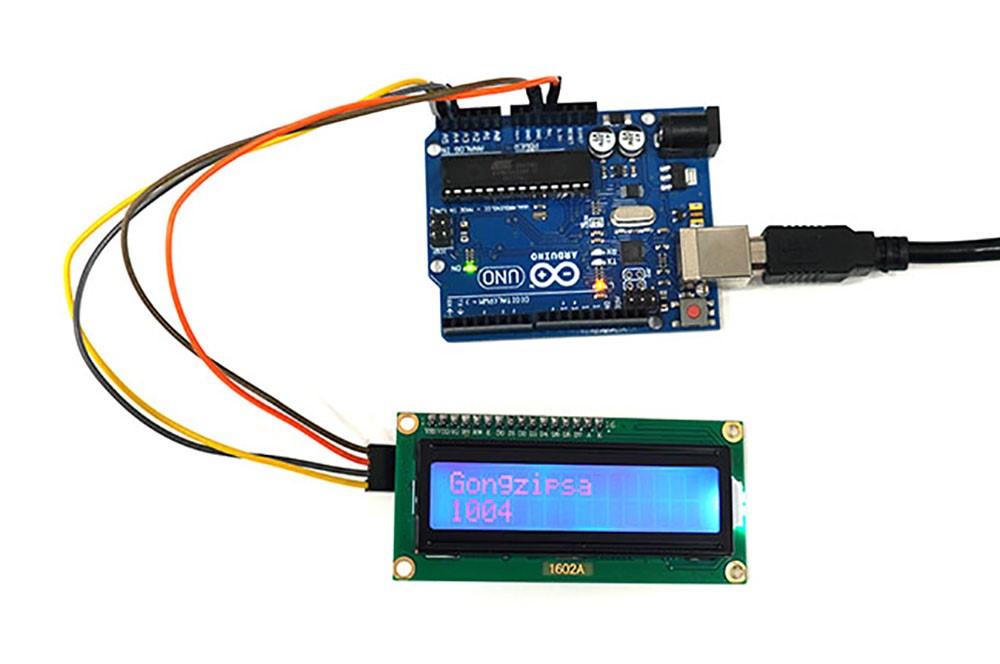
Additional Information
The brightness of the LCD text can be adjusted by controlling the variable resistor.
